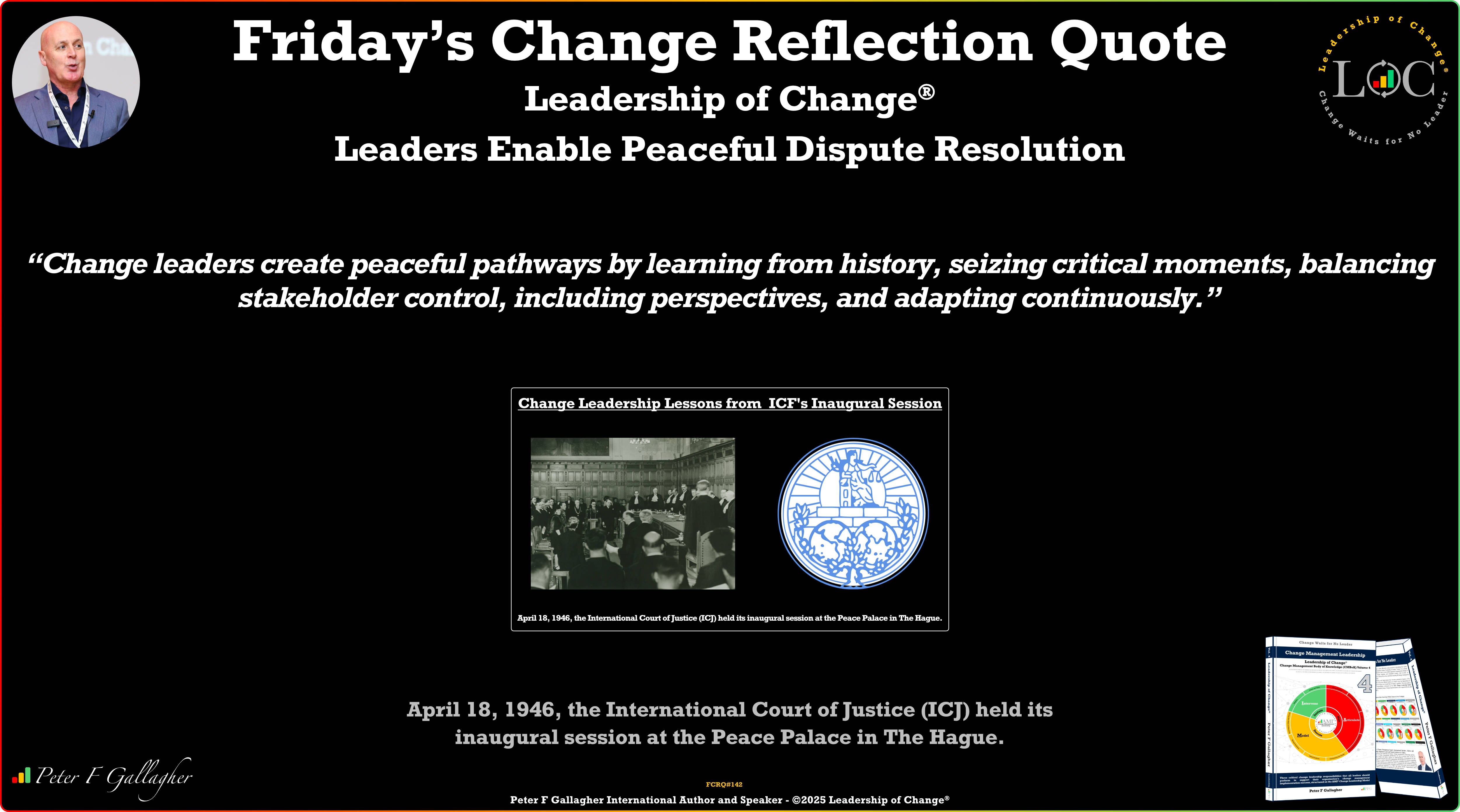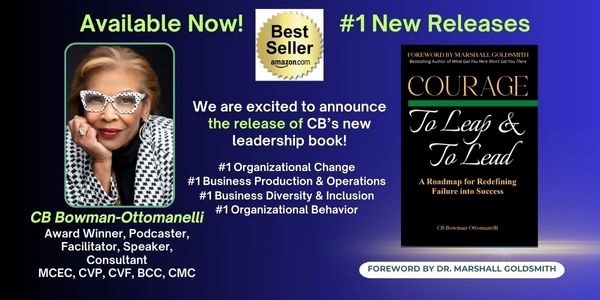As printed in ANA.net June 4, 2024
Marketers today face a daunting challenge: aligning strategies with society’s vacillating — and divided — expectations, all while navigating an intricate web of global events, technological advancements and economic uncertainties. And while this complex landscape makes the concept of brand purpose both increasingly critical and more nuanced, a growing number of pundits are declaring purpose one and done — or worse yet, meaningless.
This past March, in partnership with the ANA’s Center for Brand Purpose, Internationalist Insights asked marketers in their community and those on the ANA’s Brand Purpose Committee ten questions to better understand current sentiment about purpose. For me, the findings undoubtedly reveal something I’ve seen in my work with brand leaders and marketers.
While many appreciate the ideals of purpose in concept, in practice, with performance measures frequently being emphasized over brand KPIs, even those with the best intentions may struggle to activate purpose beyond “checking the box,” and others face obstacles integrating it into decision-making and organizational culture. In fact, 42 percent of respondents acknowledge that brands are sometimes seen as playing with purpose because it is “cool,” and 71 percent find it more difficult to express an authentically purposeful message or build a truly purposeful brand today compared to the past.
So, Is Purpose Dead or Is it Evolving?
Well, 85 percent of marketers acknowledge that purpose without substance can harm a company. Eighty percent further agree that companies should serve more than shareholders and deliver value to customers, invest in employees, deal fairly with suppliers, and support the communities in which they operate. And 66 percent believe that a strong brand purpose serves as an organization’s North Star, consistent with its mission and culture.
Rather than being one and done, purpose is very much alive — and importantly moving past performative gestures and settling into what it was always meant to be: a guiding principle for brand and operational development, not just a social mission, cause marketing or promotional campaign.
Purpose Is More than Another Marketing Communications Strategy
The ANA-Internationalist research study underscores that purpose today transcends marketing communications strategies and PR tactics. It’s a commitment to genuinely serve customers, employees, suppliers and communities alongside shareholders. A strategic filter that provides a lens for the brand’s point-of-view on the complexities of today’s world, from geopolitical tensions to environmental crises. And it’s clear that most marketers recognize purpose must be deeply embedded in the brand’s DNA, not activated as a transient trend or a response to the latest news cycle. It is a company-wide effort, ultimately led by the CEO, and a collaborative endeavor that unites marketing, HR, PR, sustainability, philanthropy with other departments.
Responsibility for Purpose Extends Beyond Marketing
While marketing often spearheads purpose, living it requires the commitment and active involvement of the entire organization, from the C-suite to front-line employees. This holistic approach ensures that purpose is integrated into every facet of business operations, creating a unified and authentic brand experience at all levels, and with all stakeholders. The ANA-Internationalist survey tells us that while 50 percent of brands have an established purpose tied to their business strategy, there is still significant room for improvement. Embedding it into corporate culture and operations necessitates coordination across all departments, from marketing to HR to supply chain management to finance. Cross-functional alignment is crucial for cultivating a purpose-driven organization that genuinely resonates with customers and stakeholders — and that rings true as a motivating factor for meaning and belonging with employees.
Guidelines for Embracing and Activating Purpose
As marketing’s role in organizations continues to advance, embracing a purpose that is authentic, sustainable and inclusive is crucial. Five guidelines based on the ANA-Internationalist survey for achieving this integration include:
- Align Purpose with Organizational Goals — The survey shows that while 50 percent of brands have an established purpose tied to their business strategy, there’s room for improvement. Purpose should be a core component that drives decision-making and operations, not an afterthought. Ensure that your organizational purpose is in harmony with your overall business strategy and establish a purpose architecture that supports long-term goals and daily operations.
- Communicate with Authenticity — Seventy-one percent of marketers find it challenging to communicate an authentically purposeful message. Effective brand communication is vital for expressing purpose in a way that resonates and connects with different audiences. Communications must be sincerely rooted in truth and consistency. And messaging is most effective when backed by tangible actions and, ultimately, measured outcomes.
- Empower Stakeholders as Purpose Advocates — With 80 percent of marketers agreeing companies should deliver value to various stakeholders, it’s important to remember customers, employees and other stakeholders are a brand’s most powerful advocates. By nurturing an engaged community of purpose-aligned people, brands can generate a positive ripple effect that amplifies reach and impact.
- Cultivate an Ethical Supply Chain Across-Sectors — Only 25 percent of respondents recognize the value of integrating nonprofits to align with brand attributes. Seeking partnerships with nonprofits and NGOs to strengthen communities in your supply chain is a powerful way to do this. Maintaining supportive practices throughout operations, ensures products are sourced, manufactured and distributed even more responsibly. This enhances both the authenticity of purpose and its positive impact.
- Embrace Continuous Improvement — The survey results highlight that marketers are increasingly thoughtful about their advocacy, with 57 percent noting the importance of being considerate when responding to complex issues. Viewing purpose is an ongoing tool for risk management enables marketers to continuously seek ways to improve products and services, influence operations and strengthen engagement. Listen to your audiences, monitor cultural sentiment, stay attuned to social and environmental challenges and be open to innovation.
Purpose: A Strategic Compass for Modern Brands
As consumers increasingly scrutinize how brands align communications with actions, policies and operations, purpose serves as an effective guide for navigating the shifting social landscape more effectively. Indeed, marketers affirm that brands which embed purpose in their DNA cultivate more genuine engagement, enhance positive social impact and increase financial value.
The ANA’s Center for Brand Purpose-Internationalist Insights research confirms purpose is not fading away. Rather it demonstrates that it is transforming into a more sophisticated and nuanced tool to bridge brand and business strategy. This is purpose at its best: a guiding principle that encompasses a more integral motive for existence — an ethos that provides direction and inspiration to cultivate meaningful connections and do good, all while sustaining profitable growth.


























